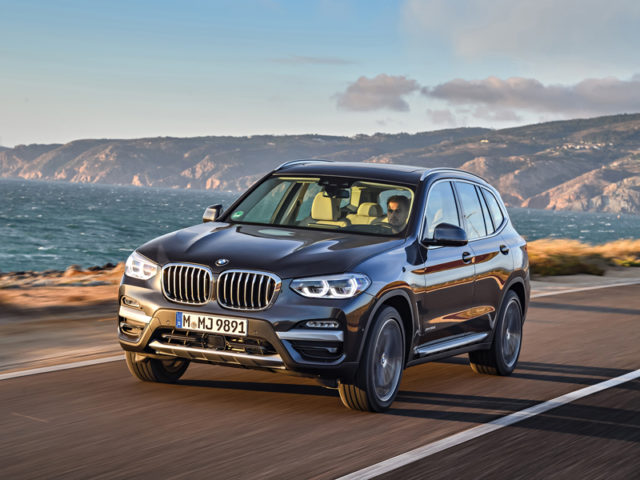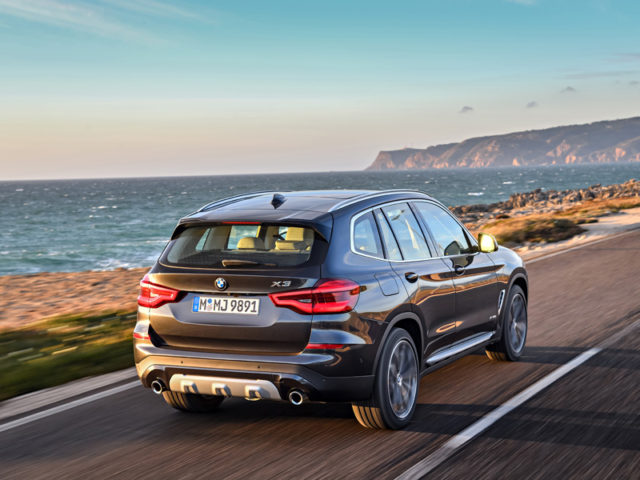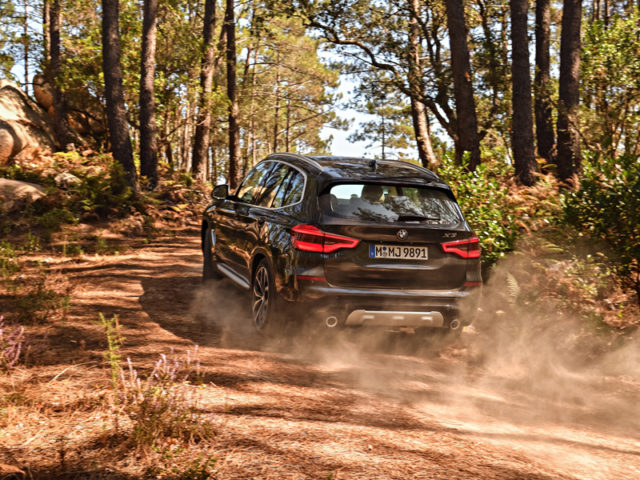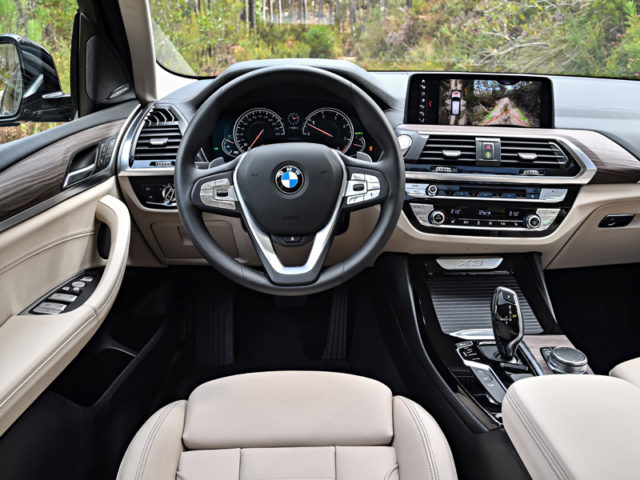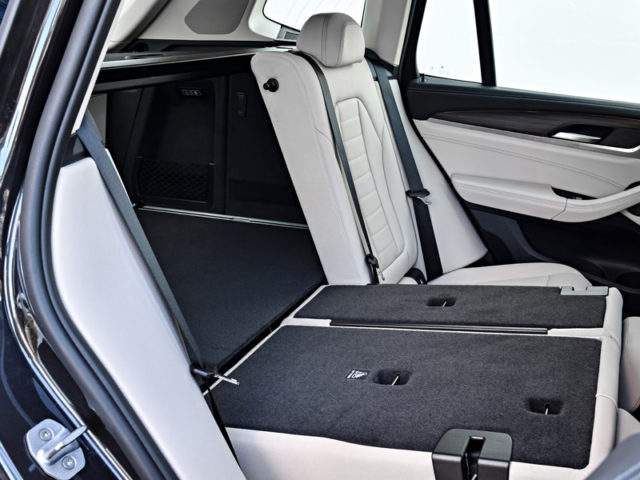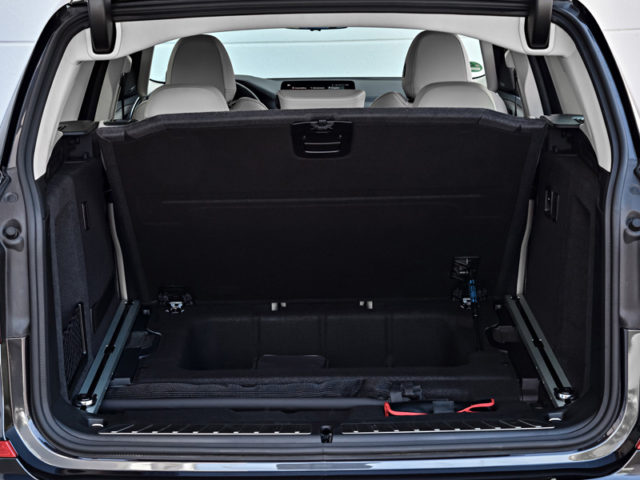First Drive: BMW X3
BMW’s third-generation SUV is a technological showcase – with plenty more to come. By Alex Grant.
SECTOR Large SUV PRICE €44,000-€66,000 FUEL 5.0-8.4l/100km CO2 132-188g/km
Within two decades, BMW’s SUV range has expanded from the first X5 to include every segment from the X1 to a the first pre-production examples of the X7 flagship. It’s a core product offer in fleet as much as it is among private customers, and continuing to grow. The X3 will play a large role in that expansion.
To give some idea of this segment’s popularity, BMW sold 50% more second-generation X3s globally than it did of the first, and it’s expecting to double that again with the third-generation car. Considering this is a segment spanning from Porsche to Volvo, that’s saying something.
Sales aren’t all that’s growing; styling mirrors the X1, which is no bad thing, but it’s now 5cm larger in every direction than the old X3, and also bigger than the original X5. But it’s also more aerodynamic, despite adding larger wheels to meet customer demands, while the platform is derived from the latest 5 Series and splits its weight 50/50 over the two axles, just like a BMW saloon.
BMW’s broad SUV line-up means there’s been no need to soften its practicality in the name of sportiness. It’s incredibly spacious and well glazed, with loads of room in both rows and space for three child seats across the back. Though boot capacity is unchanged, it’s reshaped to accommodate bulky items, extended over a folding three-piece rear bench, and augmented by more cubby holes than even the messiest family could fill.
Trim levels vary by market, but the new X3 offer the same off-road themed xLine, performance-tuned M Sport, and the Luxury Line, to suit broad customer tastes. It features a softer new leather upholstery from the entry-level version, and there’s an extensive choice of technology to add as options. Most of the connected and partially-autonomous driving features from the 5 Series can be added here – BMW’s excellent Professional Navigation system with a wide touchscreen is highly recommended.
With an electric version due in 2020 and a plug-in hybrid likely too, the X3 feels future-proof in terms of drivetrains, but the launch line-up is entirely conventional. A new entry-level 20i petrol and high-performance M40i join the familiar 30d and 20d in European markets, and all have four-wheel drive and an eight-speed automatic transmission are fitted across the range.
Though it’s grown between generations, the 20d remains a great fit. It’s barely audible – though test cars had the optional acoustic glass, which certainly helps – and the X3 drives more like a sportwagon than a high-side SUV. The trade-off is ride quality on M Sport wheels is typically firm, though it coped well with rough road surfaces, and the variable steering system has feels unnaturally over-assisted at speed – it’s best dialled back to the heavier Sport mode. But, in the 20 years since the first X5s arrived in showrooms, BMW’s SUVs have become just as suitable for the variable needs of modern life as its sports tourers.
What we think
The X3 offers an appealing package of space, flexibility and on-road driver appeal which could make you question the need for the larger X5.

